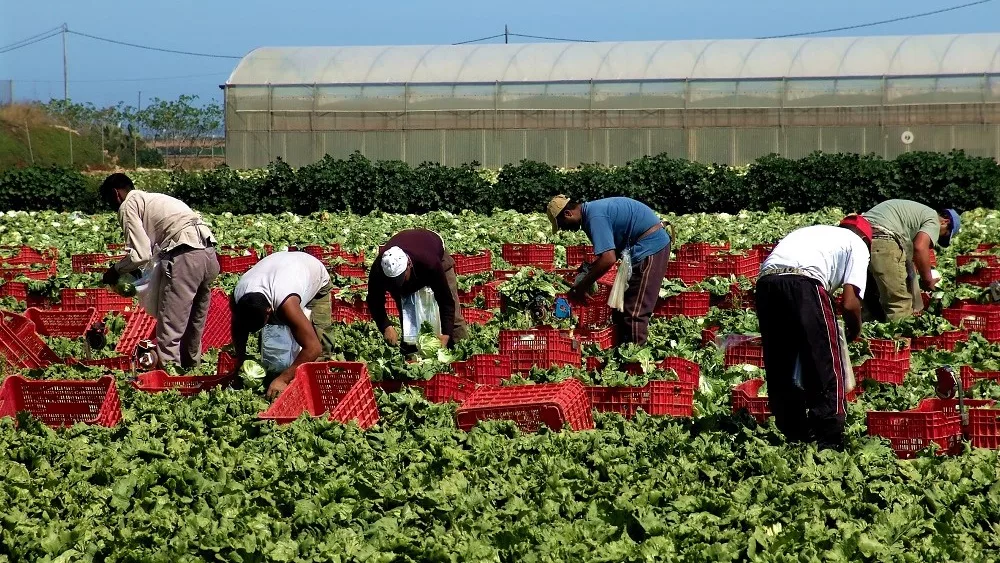Michigan has a thriving viticulture industry, and it is growing.
“This is kind of the do-or-die moment in Michigan because the rain starts coming in, you know, as fall kind of creeps in,“ says Emily Dockery, Executive Director for the Michigan Wine Collaborative.
Dockery spoke with Michigan Ag Today about the impending harvest.
“A lot of our growers and wineries are expecting to start harvest in the next 7 to 10 days, so we’re getting real close.”
The ripening of the grapes, called veraison, is close now, so vintners can measure grape qualities.
“Once those colors start to finish, that’s when usually you know harvest is super close. I know that a lot of the vineyards and growers don’t have numbers yet, because it’s still a little bit too early, but usually they start doing chemical analysis once veraison is over.”
Dockery says this year’s yield may be lower, but, “that can often mean quality is a little bit higher. Flavors can be more concentrated if the yields are a little bit lower, so there’s still plenty of fruit in the vineyards; but I am hoping, optimistically thinking, that it’s going to be a really successful harvest. We have some rain on the horizon here so, hopefully there’s not too much rain, because sometimes that can increase disease pressure. But at this point, the fruit’s looking really, really nice. The yields are looking nice; we don’t have the chemistry done on the fruit yet so, I don’t know like sugars and and PH and stuff like that quite yet, but so far so good, so fingers crossed that the rain kind of just gives us what we need and not too much more.
The earliest ones that will be in are probably going to be the hybrid and the cold hardy varieties. Marquette, Petite Pearl and Icasca; those are some really interesting and innovate new varieties that are formulated for cooler climates, and they usually come in a little bit earlier. I’m really excited to see how those grapes do this year, but also going forward, I think that those are going to be really valuable grapes for cooler, emerging wine growing regions. They’re great insurance policies as well, because they do come in a littler earlier. So, you don’t have to worry so much about the frost, and the rain, and all of these other weather influences.”
Dockery says that the Michigan Wine Collaborative has plans for southeast Michigan.
“Going forward the next 2 or 3 years and beyond, we’ll be focusing a lot of our promotional efforts in the City of Detroit and surrounding areas, as well as the Grand Rapids area; those being kind of our biggest metropolitan areas we want to really increase. There’s a lot more of the kind of Michigan wine culture on the whole west side of the state, and we’re really looking to expand that to especially the metro Detroit area because there’s so much opportunity here for Michigan wine.”
The Michigan Wine Collaborative as well as the industry is growing educationally and commercially.
“Some cool stuff that we have going on also in the Detroit area is we are working on formulating and launching a 4-H Viticulture Club, which is the first one in the nation, and we have some educational vineyards planted in the City of Detroit. We’re expanding Michigan wine country commercially but also agriculturally into metro Detroit. So, we can increase not only awareness of Michigan wine, but also commercial viability of Michigan wine. And hopefully we can get people to really buy into Michigan wine and make it a part of their everyday dining table.”
Dockery says Michigan is such a special region for viticulture, with Lake Michigan helping to regulate the temperatures along the shore.
“That’s the nice thing about Michigan and why we can grow such lovely fruit is because we get those nice warm days in the summer, and it’s nice and cool at night. I like to think of it as it like waking up and being very energetic during the day and like getting its rest at night; and that that’s why Michigan is so special.”
As for invasive species, the spotted lanternfly that agronomists have been watching, hasn’t yet made a harmful impact.
“Knock on wood, it hasn’t affected the vines this year. It showed up pretty late in the growing season and it is kind of moving its way west, but I haven’t heard of any issues thus far with the spotted lantern fly in the vineyards. I’ve talked to some of the guys at MSU in entomology and horticulture and they said, ‘so far so good,’ but we’re kind of bracing ourselves for what may happen in next year’s vintage because it looks like they’re here. Hopefully the vineyards will be safe until we can find a good solution to kind of get those guys out of out of our agriculture.”
Dockery says historically, and now, the best publicity is word of mouth.
“Something I really love about Michigan wine is that there’s always stories popping up and I think that that’s what, in the long run, sells wine and really creates that emotional connection with wine for people of all the stories.”





